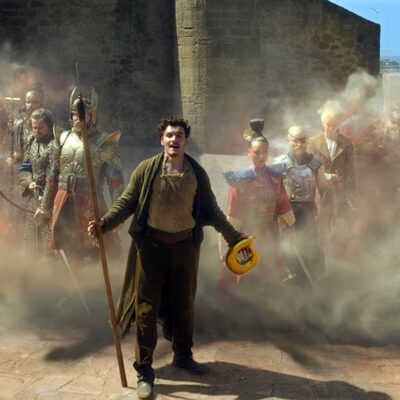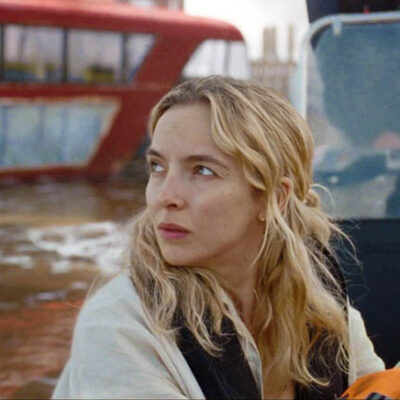Another breakthrough was the facility’s ‘soft matte’ approach that retained the much-needed glows and lens flares of spaceship lights during compositing. It was intended to mimic the live-action effect of lens flares, particularly on anamorphic lenses.
To depict the clouds where the alien spaceships would be hiding, EEG devised a cloud tank effect by combining salt water and fresh water layered between a plastic sheet that, when combined with injected paint, produced the desired consistency. Scott Squires, VES led the development of the cloud tank work (see sidebar).
“The first day on the job, someone said, ‘Okay, so in the movie we have to create these clouds, and we’re looking at different ways of doing it. There are different chemical smokes but most of those are toxic. But when we pour cream in our coffee, that’s kind of like the clouds we want to create but, you know, it can’t be in coffee. We have to see the clouds themselves and we have to be able to photograph it.’”
—Scott Squires, VES, Visual Effects Supervisor/Co-founder, Dream Quest Images
Close Encounters would also take advantage of matte paintings to widen the scope of certain scenes. Matte artist Matthew Yuricich was responsible for several of these paintings that enabled live-action plates to be projected into environments and locations that had been produced on glass.
At the 50th Academy Awards® in 1978, Star Wars would take the Best Visual Effects Oscar. Its only competitor in the final nominations, however, was Close Encounters. But the Spielberg film has remained a constant go-to for other filmmakers in how to craft atmospheric effects and use visual effects to help tell a compelling story.
Notably, the film is often referenced for its ingenious blend of the then latest in effects techniques, coupled with a ‘rubber band and wire-tape’ style of effects that was predominant before the rise of CGI and digital compositing.
That’s pretty impressive for a 40-year-old movie.
















